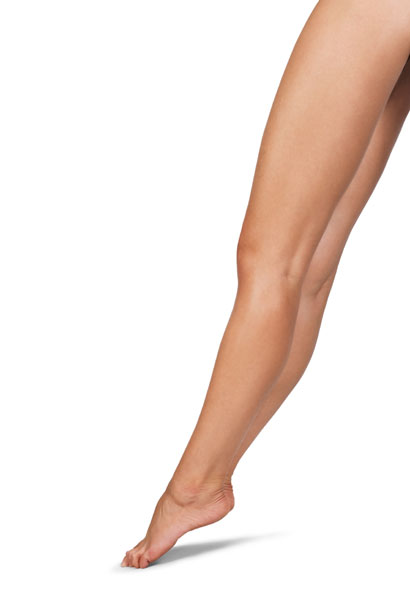Varicose and spider veins are a nightmare for people who wish to have pristine and very nearly perfect skin. Unsightly veins can take away from the skin’s natural color and luster, drawing attention to its green, red, or blue color. This is most especially true for people of light skin color, where the veins can really seem to pop out. And once they’re visible, it can really make an impression on anyone who will see.
 Fortunately, there are many methods available to deal with these veins. One of these methods is Sclerotherapy, a very minimally invasive, quick, and often painless solution in dealing with spider veins and smaller varicose veins.
Fortunately, there are many methods available to deal with these veins. One of these methods is Sclerotherapy, a very minimally invasive, quick, and often painless solution in dealing with spider veins and smaller varicose veins.
Sclerotherapy treatment is, in its basic form, a solution that is injected into the veins underneath the skin. An advanced form called foam sclerotherapy utilizes a foam version of the injected solution, increasing its surface area and making it more effective in dealing with longer and larger veins.
The process starts with the surgeon marking the areas where the veins are. They are usually made more visible by pushing blood into them, for example, if the veins are in the legs, the patient stands to exert pressure into them, making them appear more prominently.
Once the veins are marked, the solution is injected using a micro-needle. What it does is it hardens the veins, causing it to fade over the passing of time. Depending on the size of the target area, multiple injections might be needed, with one injection on average affecting around an inch of area. And depending on the size of the target, each treatment can last between 30 minutes to a whole hour. On average, around two to three vein sclerotherapy treatments are needed to achieve the best results possible.
There is very little to no pain whatsoever, oftentimes anesthesia is not needed, unless patients have a very low threshold for pain, or if an area is very sensitive. Recovery time post sclerotherapy treatment can last between a few days to a few weeks, requiring bandages around the area for the first few days, with support hoses or other support equipment required for the following days, depending on the area treated. For example, if the target area is the leg, the patient might be required to use a support hose, and keep the leg elevated on a regular basis. Moderate exercise is also suggested in order to stimulate the circulation of blood.
There are very rare complications with sclerotherapy, such as inflammation of the target area, changes in skin color, blood clotting, and allergic reactions to the solution injected. Oftentimes, surgeons will test the solution for allergic reactions, so this problem can be caught before it causes harm.
